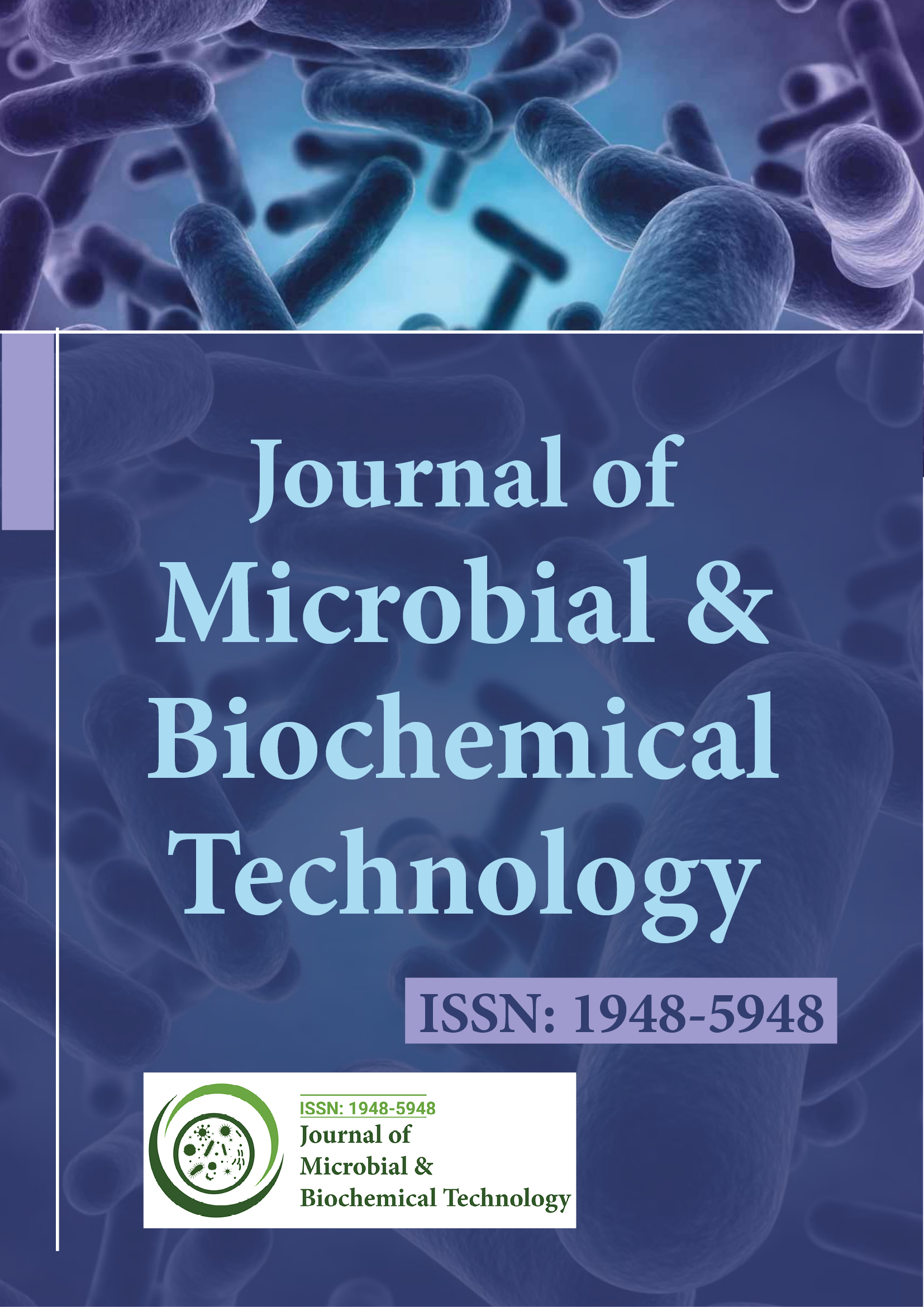インデックス付き
- 学術雑誌データベース
- Genamics JournalSeek
- アカデミックキー
- ジャーナル目次
- 中国国家知識基盤 (CNKI)
- シマゴ
- Global Online Research in Agriculture (AGORA) へのアクセス
- 電子ジャーナルライブラリ
- レフシーク
- 研究ジャーナル索引作成ディレクトリ (DRJI)
- ハムダード大学
- エブスコ アリゾナ州
- OCLC-WorldCat
- SWBオンラインカタログ
- 仮想生物学図書館 (vifabio)
- パブロン
- ミアル
- 大学補助金委員会
- ジュネーブ医学教育研究財団
- ユーロパブ
- Google スカラー
このページをシェアする
ジャーナルチラシ

概要
大腸菌の迅速検出のための逆転写と多酵素制限酵素断片長多型分析の組み合わせ
細田昭史、駒場新、岸本ミチル、田村裕人
食品中の病原微生物のモニタリングには培養法が用いられるが、現在の方法では結果が出るまでに数日かかり、微生物学的分析の結果が出る前に製品が発売されてしまうこともしばしばである。我々は大腸菌K-12およびO157:H7(GTC 14536)(0 CFU/gおよび1×101~104 CFU/g)を接種したモデル食品サンプルを用いたRNA抽出および微生物検出システムを開発しました。RNA抽出の前に、生細胞または死細胞を食品サンプルに接種し、サンプルをホモジェナイズし、抽出したRNAを使用してランダム6マーを用いてcDNAを合成しました。PCRを使用して標的遺伝子を解析し、PCR産物を2つの制限酵素(HhaIおよびHaeIII)で消化して制限酵素断片長多型(RFLP)を解析しました。PCRにより、生細胞サンプルの最大1×101 CFU/gのRNA抽出およびcDNA合成が確認されました。マルチ酵素 RFLP (MeRFLP) では、得られた DNA 断片のサイズが理論上の断片サイズと一致していることが示され、逆転写 MeRFLP (RT-MeRFLP) で標的細菌を識別できることが示唆されました。これらの結果は、培養を必要とせず、6.5 時間以内に完了できる RT-MeRFLP が、食品中の細菌を識別するための低コスト、迅速、信頼性の高いシステムとして有望なアプローチであることを示唆しています。
免責事項: この要約は人工知能ツールを使用して翻訳されており、まだレビューまたは確認されていません